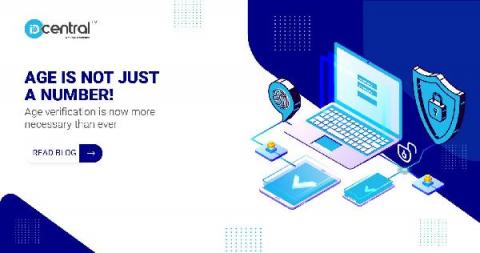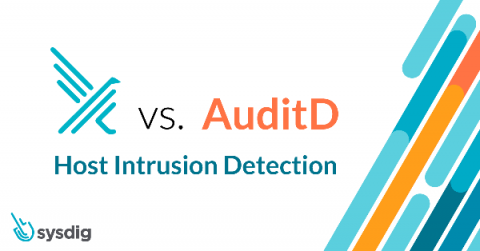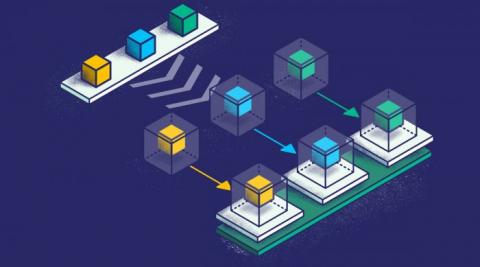Importance of age verification for digital businesses
2020 has become the lens through which predictions for the whole decade will be forecasted. The wave of digital transformation has enabled easy availability of services from home for everyone and anyone. Some experts say that five years of digital transformation took place in six months due to the number of services and products that have moved to online access, but this has also made the market quite volatile.










